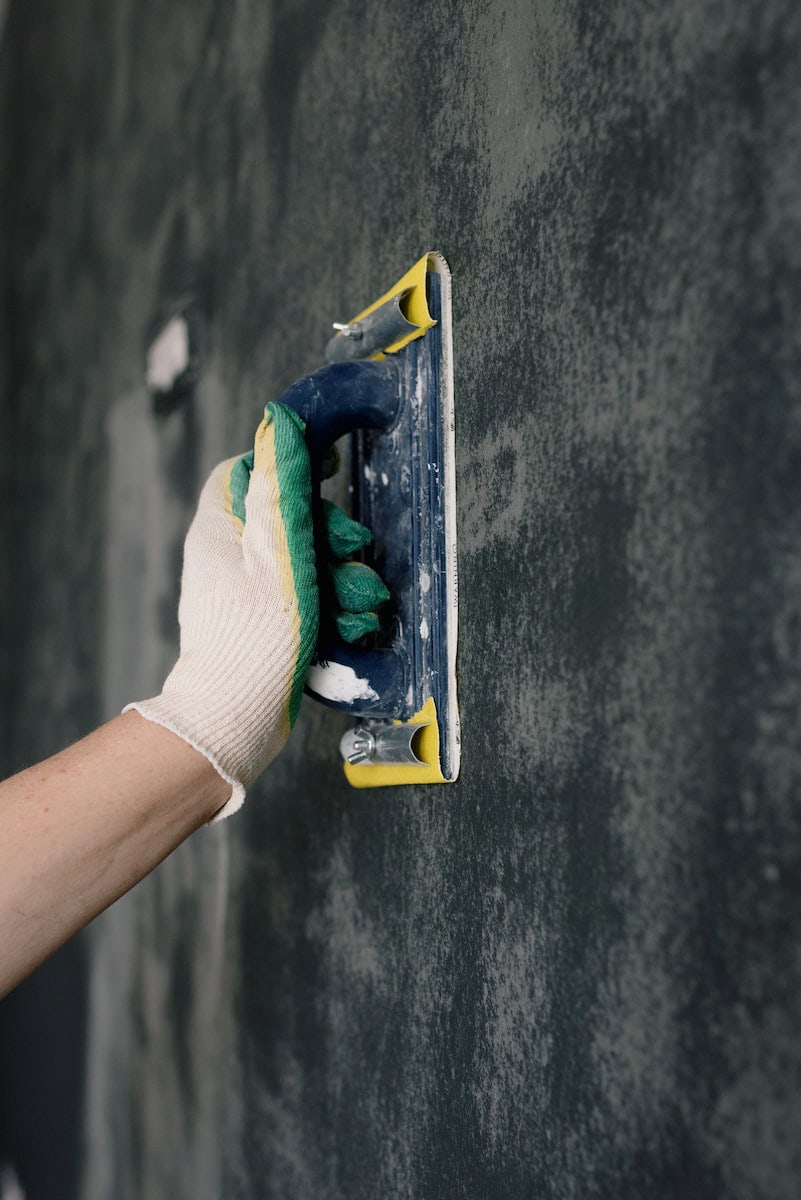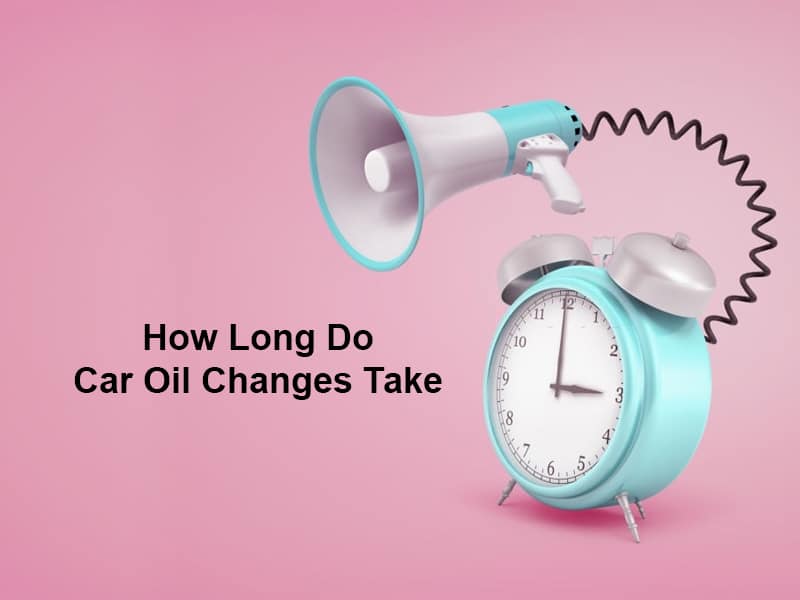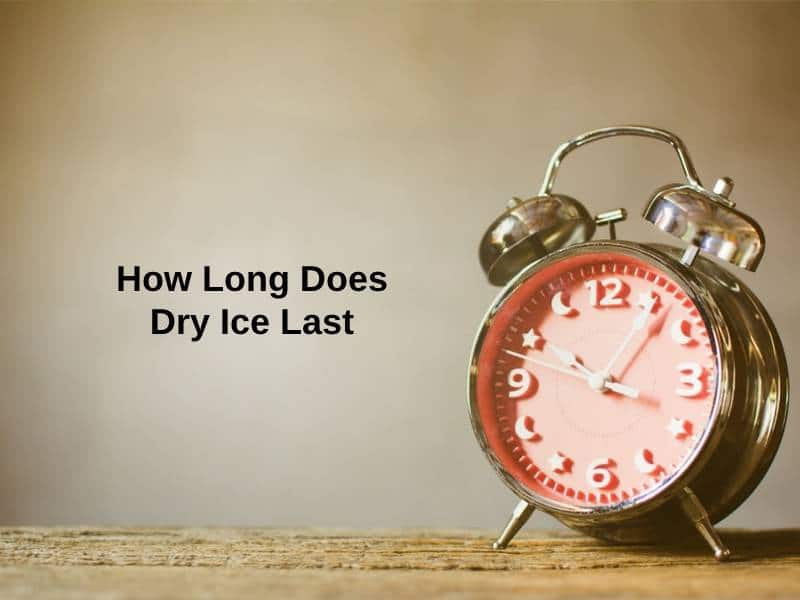Exact Answer: 1 week to 6 months
A well-plastered, smooth surface is considered ideal when one wishes to apply a fresh wallpaper. Building materials like lime and cement are combined together with filler materials like sand or crushed stones to plaster uneven walls. The walls are then considered ready for a coat of paint or wallpaper- both of which help enhance the beauty of the edifice.
The interior aesthetic of a home is created by the choice of wallpaper or paint selected by the homeowners. Oftentimes, residents of a house will select a wallpaper that goes with their sense of style and beauty to further add to the understated appeal of their home.

How Long After Plastering Can You Wallpaper?
When painting or wallpapering freshly plastered walls, one has to keep a few key points in mind. The timeframe for wallpapering a newly plastered wall is contingent on a number of important factors. Usually, tenants or homeowners are advised by builders to not apply wallpapers to their newly plastered walls immediately after the process of plastering is completed. There is a very important rationale behind this advice.
The preferred time frame for wallpapering a plastered wall is 6 months. Within a period of 6 to 12 months, a newly plastered wall dries completely. After this period of time, it is ready for the application of wallpaper. However, this is the case with walls that have been freshly rendered, skimmed, and then plastered.
The general norm for walls that have just been re-skimmed is to undertake wallpapering within a week or two after the plaster dries. This is considered enough time for the walls to dry favorably. Again this can be done only after a couple of coats of size have been applied to the plastered wall. The sizing solution seals the plaster and helps your wallpaper remain smooth.
This sizing solution must also be applied to the wall when wallpapering is delayed to a 6-month period. Painting or wallpapering walls with unevenly dried plaster coatings can have a disastrous impact on the end result. Moreover, you can facilitate the faster drying of the plastered wall by installing heaters that help accelerate the process. The intense heat from the heaters will help the walls dry faster, thus, making them ready for wallpapering much faster.

In summary:
| Plastering Condition | Application of Wallpaper |
| Fresh Plaster after Rendering | After 6 to 12 months |
| Plastering After Re-Skimming | After 1 or 2 weeks |
Why Does It Take So Long To Wallpaper After Plastering?
The science behind plastering is responsible for the proposed delay in painting the walls or applying a fresh coat of wallpaper on them. Plastering walls implies coating them with lime and cement. Both these agents take a certain period of time to dry completely.
It is almost impossible to drastically hasten the process of drying a newly plastered wall. A newly plastered wall is essentially porous. It is susceptible to the absorption of moisture. When you paste a new coat of wallpaper on such a plastered surface, the wallpaper layer will inevitably suck out the moisture out of the paste. This will affect the plastered wall as well as the look and feel of your new wallpaper.
It is always advisable to seal the plaster before applying a layer of paint or coating it will a new wallpaper. The sizing solution or the seal used to lock the plaster is coated before the wallpaper can be pasted on the newly plastered walls.
In the case of a freshly rendered, and skimmed wall, the plaster takes longer to dry. This is because it has to be given time to deeply penetrate the wall. Thus, 6 months to a year is the ideal waiting period before a layer of wallpaper can be applied to such a wall.

However, in the case of a re-skimmed wall, the plaster does not need to go deep into the edifice. It simply must dry enough to not ruin the wallpaper. Thus, wallpapering can begin much faster in such instances. Usually, this happens within a week’s time.
Conclusion
Wallpapering can be a fun and simple wall of elevating the aesthetic appeal of your home. Different wallpaper designs can be selected to match one’s personal taste and improve the look and feel of the walls. However, when opting for wallpapers instead of paints, one must keep in mind that a smoothly plastered wall can make all the difference in the world.
Usually, the newly plastered has to be allowed to dry completely before one can begin wallpapering. A freshly plastered wall takes up to 6 months to completely dry. Thus, sometimes, wallpapering plans have to be delayed for quite some time after the plastering of the walls is completed. However, if the wall has been simply re-skimmed then wallpapering can begin as early as within a week of the plaster drying.





















The information about the reasons behind the delay in wallpapering after plastering was insightful. It’s clear that proper plastering is vital for successful wallpaper application.
Absolutely, taking the time for the plaster to dry completely before wallpapering is key to achieving a desirable aesthetic in home decor.
The information about the ideal timeframes for wallpapering different types of plastered walls was very helpful. It’s important to follow these guidelines for best results.
The explanation of why it takes so long to wallpaper after plastering was enlightening. This article has added depth to my understanding of interior decor.
This article provides essential knowledge about the importance of smooth plaster for wallpapering. I’d definitely be more careful in the future when planning to wallpaper freshly plastered walls.
Absolutely, the emphasis on waiting for the appropriate time before wallpapering is crucial for achieving a polished look in interior design.
The thorough explanation of the plaster drying process and its impact on wallpapering was both enlightening and thought-provoking. I’ve gained valuable insights from this article.
Absolutely, the science behind plastering and wallpapering was explained in a clear and understandable manner, providing valuable knowledge for homeowners.
Indeed, understanding the factors that influence the timing of wallpaper application contributes to making well-informed decisions about home decor.
A well-informed and detailed explanation of the factors affecting the timing for wallpapering newly plastered walls. It’s certainly valuable knowledge for homeowners.
The scientific reasoning behind the necessity of waiting before wallpapering newly plastered walls was compelling. It’s important to consider these factors when decorating.
I’m glad to have learned why it takes longer to wallpaper a freshly rendered wall compared to a re-skimmed wall. It’s intriguing to understand the science behind it.
Absolutely, understanding the reasons behind the timeframes for wallpapering helps in making informed decisions about interior design.
The attention to detail in explaining the impact of plaster drying on wallpaper application is commendable. I now have a better understanding of the process.
This article provided a detailed and informative explanation of why it’s important to wait before wallpapering newly plastered walls. It’s clear that patience is key to getting the best results.
I appreciate the scientific explanation behind the drying process of the plaster. It’s interesting to learn about the materials and their impact on wallpaper application.
Certainly, the time it takes for the plaster to dry properly is crucial for the longevity of the wallpaper and the overall aesthetic of the walls.